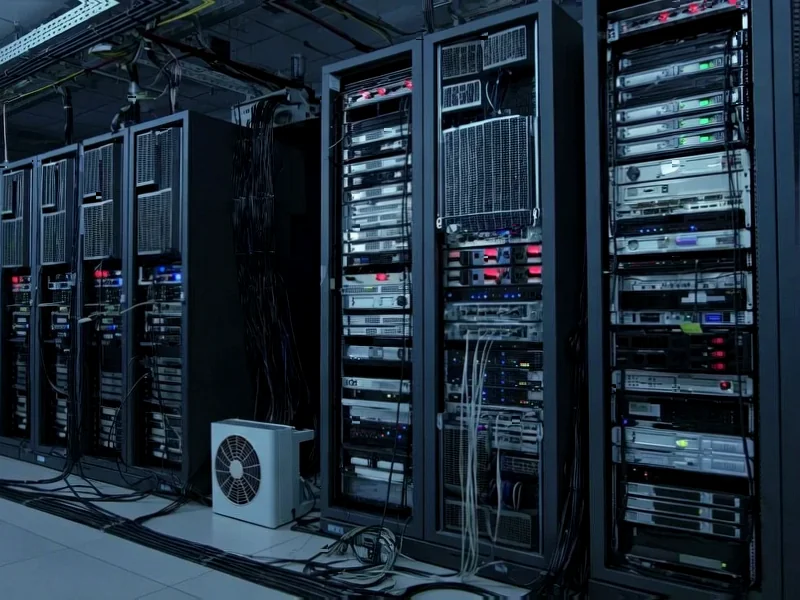According to TheRegister.com, power management company Eaton is acquiring Boyd Thermal for a staggering $9.5 billion, representing 22.5 times Boyd’s estimated earnings for next year. Meanwhile, digital infrastructure firm Vertiv is purchasing PurgeRite Intermediate LLC for approximately $1 billion in cash, with potential for another $250 million based on performance metrics. Boyd Thermal is projected to generate $1.7 billion in sales by 2026, with $1.5 billion coming specifically from liquid cooling technology. The Eaton deal is expected to close in the second quarter of 2026, pending regulatory approval. These acquisitions come as heat dissipation already accounts for 30-45% of total data center energy costs according to some estimates, creating massive pressure to find more efficient cooling solutions for AI infrastructure.
Why Everyone’s Suddenly Panicking About Cooling
Here’s the thing about AI compute – it’s insanely power hungry and generates ridiculous amounts of heat. We’re not talking about your grandma’s web server here. These AI factories and HPC clusters are packing so much computing density into single racks that traditional air cooling simply can’t keep up. When cooling alone can eat up nearly half your energy bill, suddenly spending billions on liquid cooling starts to look like a bargain.
And the numbers are absolutely mind-boggling. McKinsey estimates we’ll need $6.7 trillion in data center investment worldwide by 2030 just to keep pace with compute demand. That’s not just building new facilities – it’s completely rethinking how we manage the thermal output of these power-hungry AI systems. Liquid cooling isn’t some niche technology anymore – it’s becoming table stakes for anyone serious about running AI workloads efficiently.
What These Acquisitions Really Mean
Eaton buying Boyd Thermal for 22.5 times earnings tells you everything you need to know about how desperate this market has become. That’s a premium price for what’s essentially a bet that liquid cooling becomes the default for high-density computing. Eaton, traditionally known for UPS systems, is clearly positioning itself as a full-stack power and thermal management provider.
Meanwhile, Vertiv’s PurgeRite acquisition is fascinating because it’s not about the cooling technology itself, but about maintaining it. Think of it like this – you can have the best liquid cooling system in the world, but if your fluid loops get clogged with debris or trapped air, performance tanks. PurgeRite specializes in the mechanical flushing, purging, and filtration that keeps these systems running optimally. It’s the maintenance play in a market where downtime costs millions per hour.
Basically, we’re seeing the entire liquid cooling ecosystem mature overnight. You’ve got companies building the core technology (Boyd), others providing the maintenance infrastructure (PurgeRite), and established players like Schneider Electric getting in on the action too with their $850 million Motivair investment last year.
The Brutal Reality of Retrofitting
Now here’s where it gets tricky for existing data centers. Retrofitting liquid cooling into facilities that were designed for air cooling is prohibitively expensive for smaller operations. We’re talking about completely rethinking rack layouts, plumbing infrastructure, and potentially even the building itself. According to research cited in the article, cooling already consumes 30-45% of data center energy – and that’s with traditional methods.
So what happens to the thousands of existing data centers that weren’t built with AI in mind? Many will likely struggle to compete as compute densities continue to increase. The real action is happening in new construction, where data center builders can design for liquid cooling from the ground up. With the market projected to hit $456.5 billion by 2030, the smart money is betting that liquid cooling becomes standard in new AI-optimized facilities.
We’re witnessing the beginning of a massive infrastructure shift. The companies that control the cooling technology will essentially control the future of AI compute. And right now, they’re placing their bets – to the tune of $10 billion in a single week.




